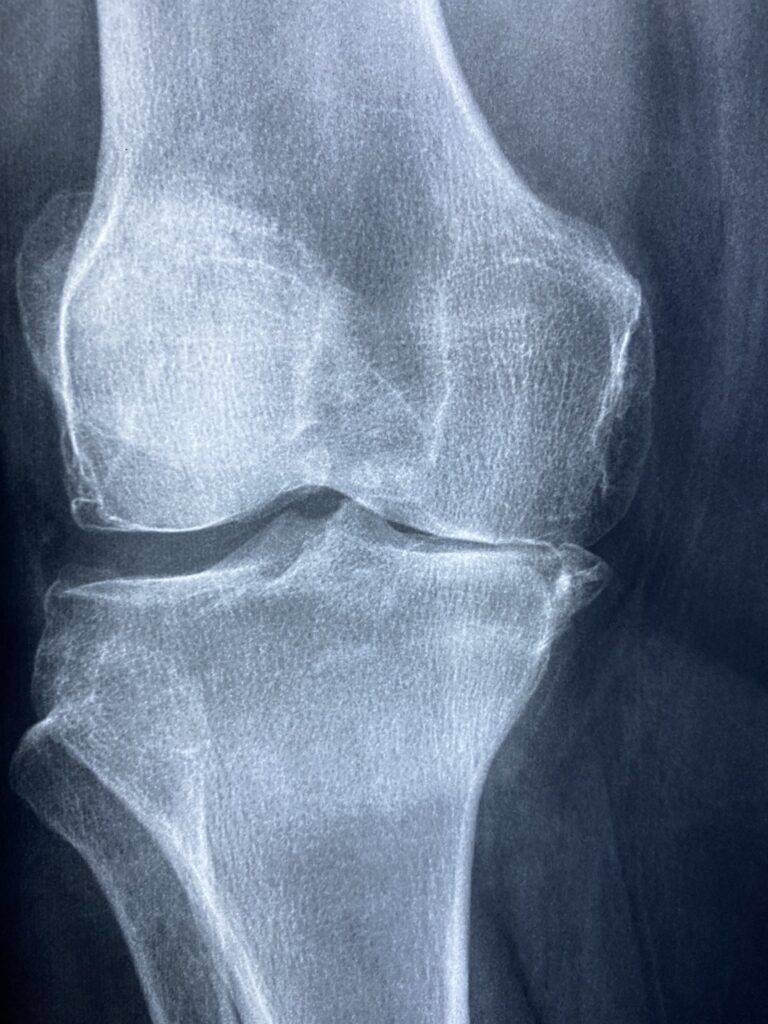Baldness, scientifically known as alopecia or hair loss, is a common condition that affects millions of people worldwide. While it is often associated with aging, baldness can occur at any age and can be caused by various factors. In this comprehensive guide, we will delve into the intricacies of baldness, exploring its causes, types, symptoms, diagnosis, treatment options, and preventive measures.
1. Understanding Baldness
Baldness refers to the partial or complete loss of hair from areas where it typically grows, such as the scalp, eyebrows, or eyelashes. Hair loss can occur gradually over time or suddenly, and it can vary in severity from mild thinning to complete baldness.
2. Types of Baldness
There are several types of baldness, each with its own characteristics and underlying causes:
- Androgenetic Alopecia: Also known as male-pattern baldness or female-pattern baldness, androgenetic alopecia is the most common type of baldness. It is characterized by a gradual thinning of hair on the scalp, typically starting at the temples or crown and progressing over time.
- Alopecia Areata: Alopecia areata is an autoimmune condition that causes patchy hair loss on the scalp, eyebrows, or other areas of the body. It occurs when the immune system mistakenly attacks hair follicles, leading to hair loss.
- Telogen Effluvium: Telogen effluvium is a temporary form of hair loss that occurs when a significant number of hair follicles enter the resting phase of the hair growth cycle prematurely. It can be triggered by factors such as stress, illness, hormonal changes, or certain medications.
- Scarring Alopecia: Scarring alopecia, also known as cicatricial alopecia, is a rare but severe form of hair loss characterized by irreversible damage to the hair follicles and subsequent scarring of the scalp. It can result from inflammatory conditions, infections, or traumatic injuries to the scalp.
- Traction Alopecia: Traction alopecia is caused by repeated tension or pulling on the hair follicles, often due to tight hairstyles such as braids, ponytails, or extensions. Over time, this can lead to hair breakage and thinning, particularly along the hairline or in areas of frequent styling.
- Anagen Effluvium: Anagen effluvium is a type of hair loss that occurs during the anagen phase of the hair growth cycle, typically as a side effect of chemotherapy or radiation therapy for cancer. It leads to sudden and severe hair shedding from the scalp and other areas of the body.
3. Symptoms of Baldness
The symptoms of baldness can vary depending on the type and severity of hair loss. Common symptoms may include:
- Gradual thinning of hair on the scalp (male-pattern or female-pattern baldness)
- Patchy hair loss on the scalp, eyebrows, or other areas of the body (alopecia areata)
- Excessive shedding of hair (telogen effluvium)
- Visible scarring or inflammation of the scalp (scarring alopecia)
- Hair breakage or thinning along the hairline (traction alopecia)
- Sudden and severe hair shedding (anagen effluvium)
4. Causes of Baldness
Baldness can be caused by a variety of factors, including:
- Genetics: Androgenetic alopecia is often inherited from one or both parents and is influenced by genetic factors.
- Hormonal Changes: Hormonal fluctuations, such as those that occur during puberty, pregnancy, childbirth, or menopause, can contribute to hair loss.
- Autoimmune Disorders: Conditions such as alopecia areata involve the immune system mistakenly attacking hair follicles, leading to hair loss.
- Medical Conditions: Certain medical conditions, including thyroid disorders, lupus, and fungal infections of the scalp, can cause hair loss.
- Medications: Some medications, such as chemotherapy drugs, immunosuppressants, and hormonal contraceptives, can cause temporary or permanent hair loss as a side effect.
- Stress: Physical or emotional stress can disrupt the hair growth cycle and lead to temporary hair loss known as telogen effluvium.
- Poor Nutrition: Inadequate intake of essential nutrients such as vitamins, minerals, and protein can contribute to hair loss and thinning.
- Traction: Excessive tension or pulling on the hair follicles, often due to tight hairstyles or hair treatments, can cause traction alopecia.
- Chemical Exposure: Exposure to harsh chemicals in hair dyes, relaxers, or styling products can damage the hair shaft and lead to breakage or thinning.
5. Diagnosis of Baldness
Diagnosing baldness typically involves a thorough medical history, physical examination, and sometimes additional tests, including:
- Scalp Examination: A healthcare provider will examine the scalp and hair follicles to assess the pattern and severity of hair loss, as well as any signs of inflammation or scarring.
- Pull Test: A gentle tug on the hair may be performed to assess the degree of hair shedding and determine if hair loss is excessive.
- Blood Tests: Blood tests may be ordered to evaluate hormone levels, thyroid function, iron levels, and other factors that may contribute to hair loss.
- Scalp Biopsy: In some cases, a small sample of scalp tissue may be removed and examined under a microscope to identify any underlying inflammatory or scarring conditions.
6. Treatment Options for Baldness
Treatment for baldness depends on the underlying cause, type, and severity of hair loss. Common treatment options may include:
- Medications: Certain medications, such as minoxidil (Rogaine) or finasteride (Propecia), may help slow down hair loss and promote hair regrowth in some individuals with androgenetic alopecia.
- Topical Treatments: Prescription-strength corticosteroid creams or lotions may be used to reduce inflammation and stimulate hair growth in cases of alopecia areata or scarring alopecia.
- Hair Transplant Surgery: Hair transplant surgery involves transplanting hair follicles from donor areas of the scalp to balding or thinning areas, resulting in natural-looking hair restoration.
- Scalp Micropigmentation: Scalp micropigmentation is a non-surgical cosmetic procedure that uses specialized pigments to create the illusion of thicker hair or a shaved head by tattooing tiny dots on the scalp.
- Laser Therapy: Low-level laser therapy (LLLT) devices, such as laser combs or helmets, may help stimulate hair growth and improve the thickness and quality of existing hair.




